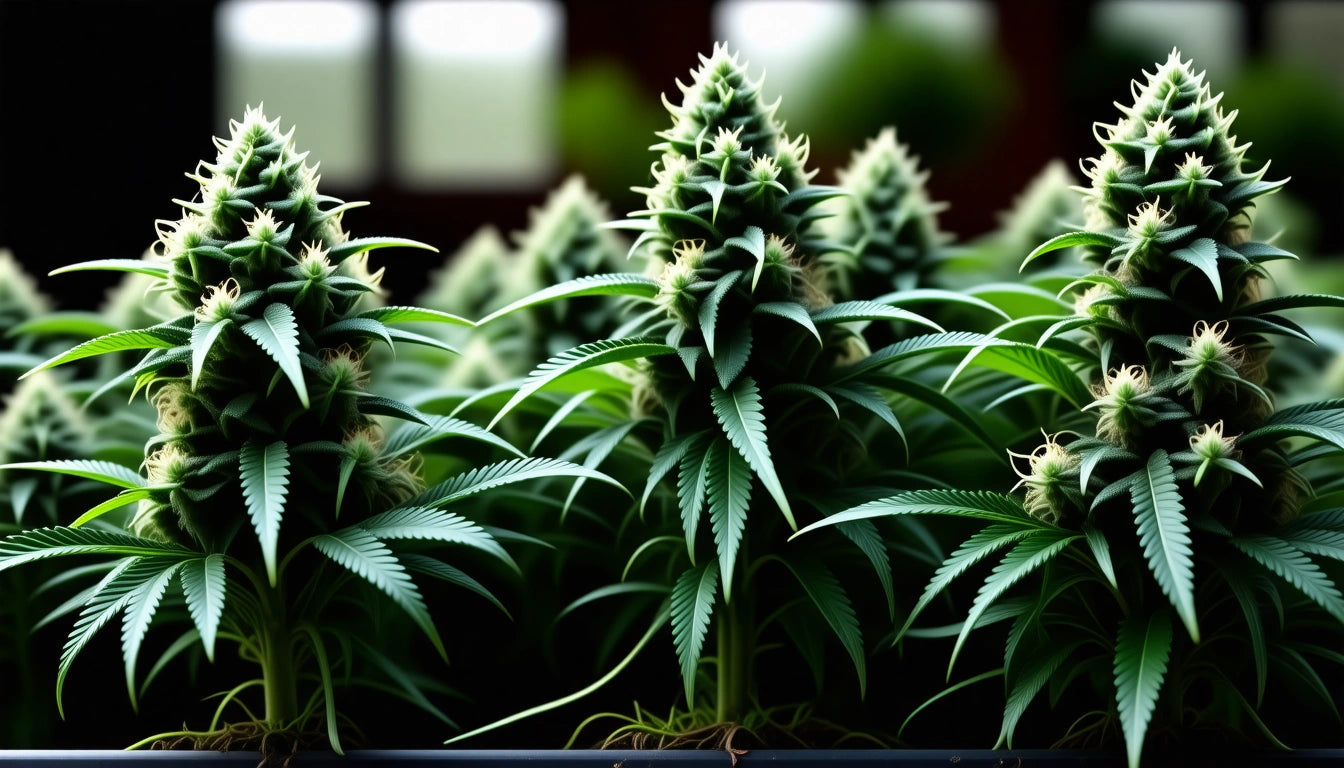Table of Contents
The Discovery and Origins of Cannabis: Who, When, and Where It Was First Found
Cannabis has a rich and complex history spanning thousands of years across multiple continents. Understanding when weed was first discovered, who found it, and how it spread globally provides valuable context for its cultural significance today. This exploration traces cannabis from its earliest known origins to its arrival in America and subsequent scientific understanding.
Ancient Origins: Where Was Weed First Discovered
The earliest evidence of cannabis use dates back to ancient Central Asia, specifically in what is now China and Mongolia. Archaeological findings suggest that humans first discovered cannabis around 12,000 years ago. The oldest documented use comes from Taiwan, where hemp cord was found in pottery dating to about 10,000 BCE.
In terms of who discovered weed first, no single individual can be credited. Rather, indigenous peoples of Central Asia were the first to recognize and utilize the plant. Chinese Emperor Shen Nung, who lived around 2700 BCE, is often mentioned in historical texts as an early documenter of cannabis for medicinal purposes in his pharmacopeia.
Archaeological Evidence
Archaeological discoveries continue to push back the timeline of when weed was first discovered:
- Hemp fabric remnants found in China dating to 8000 BCE
- Cannabis seeds and oil found in ancient Chinese tombs from 6000 BCE
- Cannabis residue discovered in wooden braziers from 2500 BCE in the Pamir Mountains of Central Asia
These findings confirm that cannabis was one of humanity's earliest cultivated plants, valued for both its fiber and psychoactive properties. The historical overview of cannabis discovery shows how deeply integrated it was in early human civilization.
Early Uses and Cultural Significance
How was weed first discovered and used by ancient peoples? Evidence suggests multiple simultaneous uses:
Practical Applications
Hemp fibers were used to create rope, textiles, and paper. The durability of hemp made it invaluable for early civilizations, with Chinese texts from 200 BCE describing techniques for cultivating cannabis specifically for fiber production.
Medicinal Discovery
Ancient medical texts from China, India, Egypt, and Greece document cannabis as a treatment for numerous ailments. The Chinese pharmacopeia from 2700 BCE mentions cannabis for treating gout, rheumatism, malaria, and other conditions. In India, cannabis was incorporated into Ayurvedic medicine by 1000 BCE.
Spiritual and Recreational Use
The psychoactive properties of cannabis were recognized early in its history. In ancient India, cannabis was associated with the god Shiva and used in religious ceremonies. The Scythians, nomadic Indo-European peoples, used cannabis in funeral rituals as documented by the Greek historian Herodotus in the 5th century BCE.
Global Spread of Cannabis Through History
From its origins in Central Asia, cannabis spread along ancient trade routes, reaching virtually every corner of the ancient world:
- Middle East and Africa (2000-1400 BCE): Spread through trade networks and the movement of peoples
- Europe (500 BCE): Introduced by Scythian tribes and later spread during Roman times
- South and Southeast Asia (2000 BCE): Moved along with Hindu cultural influence
The spread of cannabis was facilitated by its versatility and adaptability to different climates. Traders recognized its value for fiber, medicine, and recreational use, making it one of the most widely distributed plants in the ancient world. For those interested in the practical aspects of cannabis today, specialized packaging solutions for cannabis flower continue this tradition of adapting cannabis to contemporary needs.
When Was Weed Discovered in America
When was weed discovered in America? Cannabis was not native to the Americas but was introduced through multiple pathways:
Hemp in Colonial America
Hemp was among the first crops cultivated by European settlers in North America. In 1619, the Virginia Assembly passed legislation requiring every farmer to grow hemp. George Washington and Thomas Jefferson both grew hemp on their plantations for industrial purposes.
As detailed in the history of marijuana legalization in the US, hemp was so valuable that it was sometimes used as legal tender in colonial America.
Psychoactive Cannabis Introduction
Cannabis with higher THC content likely arrived in the United States through several routes:
- Mexican immigrants introduced recreational cannabis use to the southwestern United States in the early 1900s
- Caribbean immigrants brought cannabis traditions to New Orleans and other port cities
- Indian laborers brought cannabis traditions to Jamaica and other Caribbean islands in the 19th century
By the early 20th century, cannabis was well-established in American culture, particularly in jazz communities and among certain immigrant populations, before becoming the target of prohibition efforts in the 1930s.
Modern Rediscovery and Scientific Understanding
The modern scientific understanding of cannabis began in the 19th century:
Early Scientific Research
In 1839, Irish physician William O'Shaughnessy published one of the first Western medical studies on cannabis after studying its use in India. This sparked interest in cannabis as a medicine in Europe and America.
Cannabinoid Discovery
The chemical structure of CBD was first described in 1940, while THC was isolated and synthesized by Israeli researcher Raphael Mechoulam in 1964. This research fundamentally changed our understanding of how cannabis affects the human body.
The discovery of the endocannabinoid system in the 1990s further revolutionized cannabis science, explaining how and why cannabis compounds interact with the human body. This research has been crucial for understanding both the therapeutic potential and risks of cannabis use.
Historical Legacy and Contemporary Significance
The long history of who discovered weed and how it was used continues to influence modern cannabis culture and policy. The plant that was first found thousands of years ago in Central Asia has become a global agricultural commodity, medicine, and recreational substance.
Understanding this history provides important context for current debates about legalization, medical applications, and cultural significance. From ancient shamans to modern scientists, the story of cannabis discovery is one of human innovation and adaptation.
As we continue to research cannabis history, new archaeological findings may further push back the date of when weed was first discovered, revealing even more about humanity's ancient relationship with this versatile plant. The early history of cannabis consumption continues to inform our understanding of its proper use and potential.











Leave a comment
All comments are moderated before being published.
This site is protected by hCaptcha and the hCaptcha Privacy Policy and Terms of Service apply.